
The April Solar Eclipse Is a Life-Changing, Bucket-List Event. Here’s How to See It Safely.
Mark your calendars for April 8.
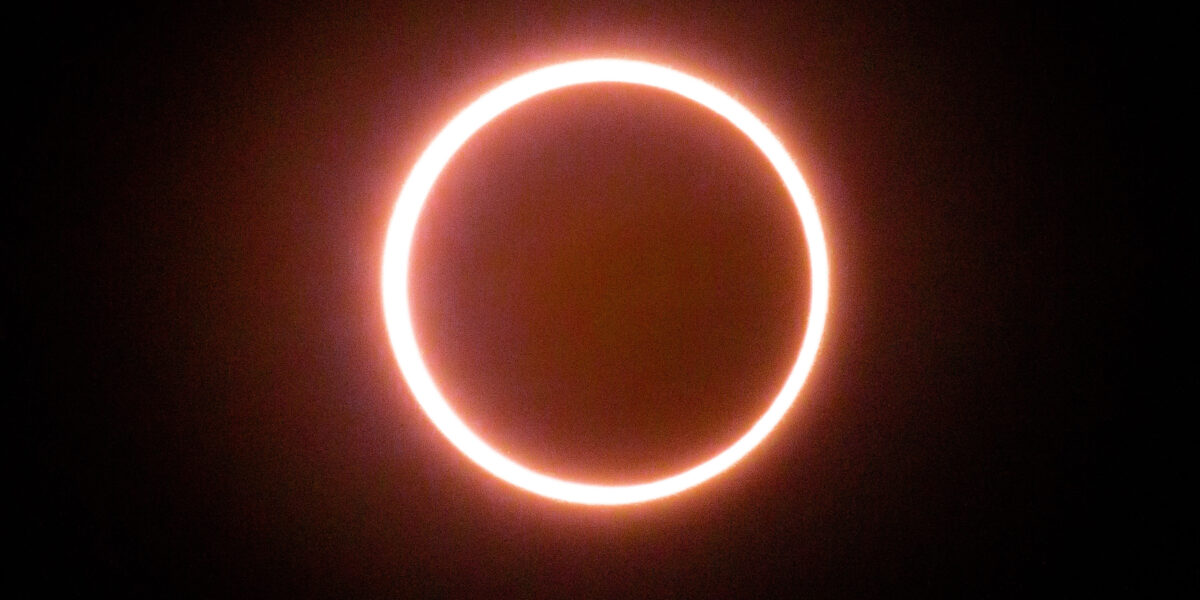
What in the hell am I doing? I mutter to myself as I step backwards off a 100-foot rock wall into an extraterrestrial ochre slot canyon. Engulfed in the alien abyss, my hands tremble, clenching on to the fixed rope. My breath is painfully shallow. I’m absolutely terrified. Instead of looking down, I focus upwards on the Southeastern Utah sky, just as I’d done a few hours earlier while viewing the ring of fire of an annular solar eclipse. Reminded of my human insignificance, the fear melts away. “We’re just water and stardust.” I inhale deeply, lock in on what’s above, and rappel. It’s not often a 6’0 woman feels small, but nature has its ways.
It’s hard to quantify the significant shift on your mindset seeing a celestial event like a solar eclipse can have. But it’s no doubt a profound one, as the hundreds of thousands of people participating in various forms of astrotourism can attest. This sector of the tourism industry has skyrocketed in recent years, and for good reason. Urbanites are undoubtedly craving a deeper connection to our infinite universe.
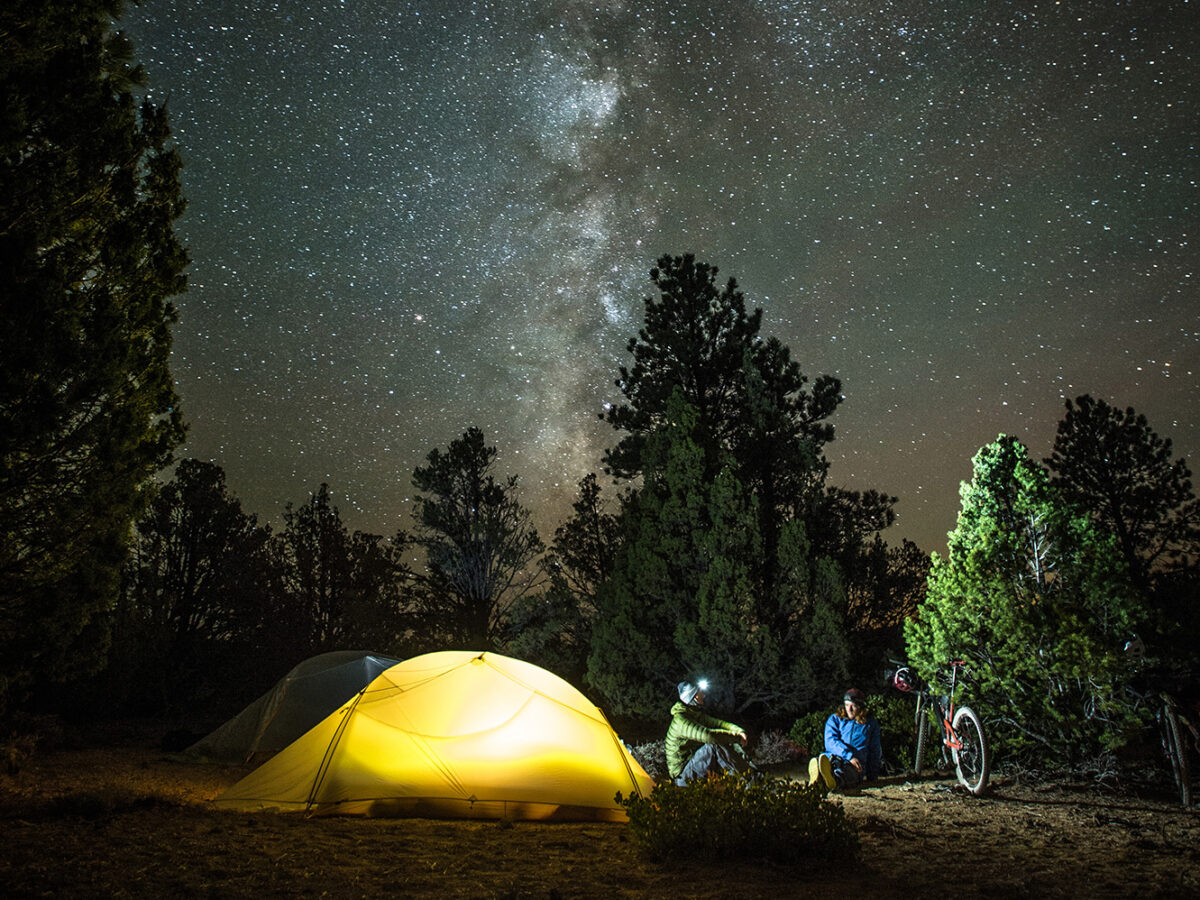
Scott Markewitz Photography/Utah Office of Tourism
And there’s no better place to do so than in Utah. Inarguably the dark-skies capital of the world, the state is home to 24 International Dark-Sky Association (IDA) accredited places that include national parks and monuments as well as state and local parks. With urbanization taking hold in much of the West, the skies are so polluted with light that it’s rare that most people can see much more than the Big Dipper or Jupiter on an average night. Which is why organizations like the IDA are fighting to restore the nighttime environment and protect communities and wildlife populations from the harmful effects of light pollution. And it’s working; 10.5 million people visited one of Utah’s dark sky places in 2022 alone.
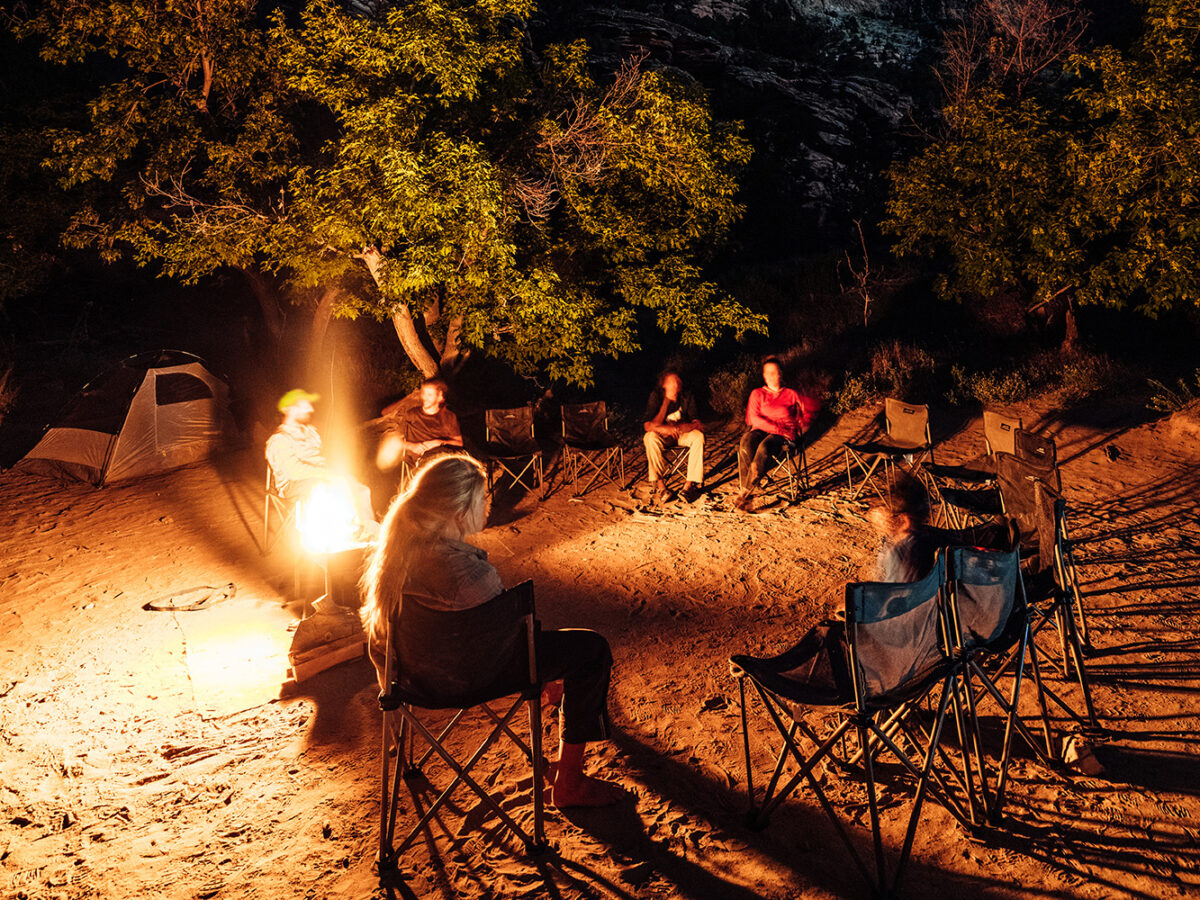
Jeremiah Watt/Utah Office of Tourism
I’m one of the many who visited on a recent trip to Southeastern Utah to see an annular solar eclipse firsthand. With Hannah Barry and her team at Stargazing Zion as my guides, I trekked out to the very Mad Max-sounding Sandthrax campsite with a handful of other outdoor enthusiasts, waking up at 3 a.m. and driving from the Field Station Hotel in Moab approximately 2.5 hours towards Lake Powell to get the best view of the spectacle. In this desolate part of the desert, the usual light interference from towns disapparates, making it prime stargazing territory, no matter the time of year. But a solar eclipse is the Super Bowl for stargazers. And we had front row seats.
Trying to make myself handy during the countdown to the ring of fire, I put my production background to use and helped their women-led team of astronomers set up the tripods for their observatory-grade Celestron telescopes. The ladies carried some serious glass, as we’d seen the night before mapping out the constellations with them in the night sky.
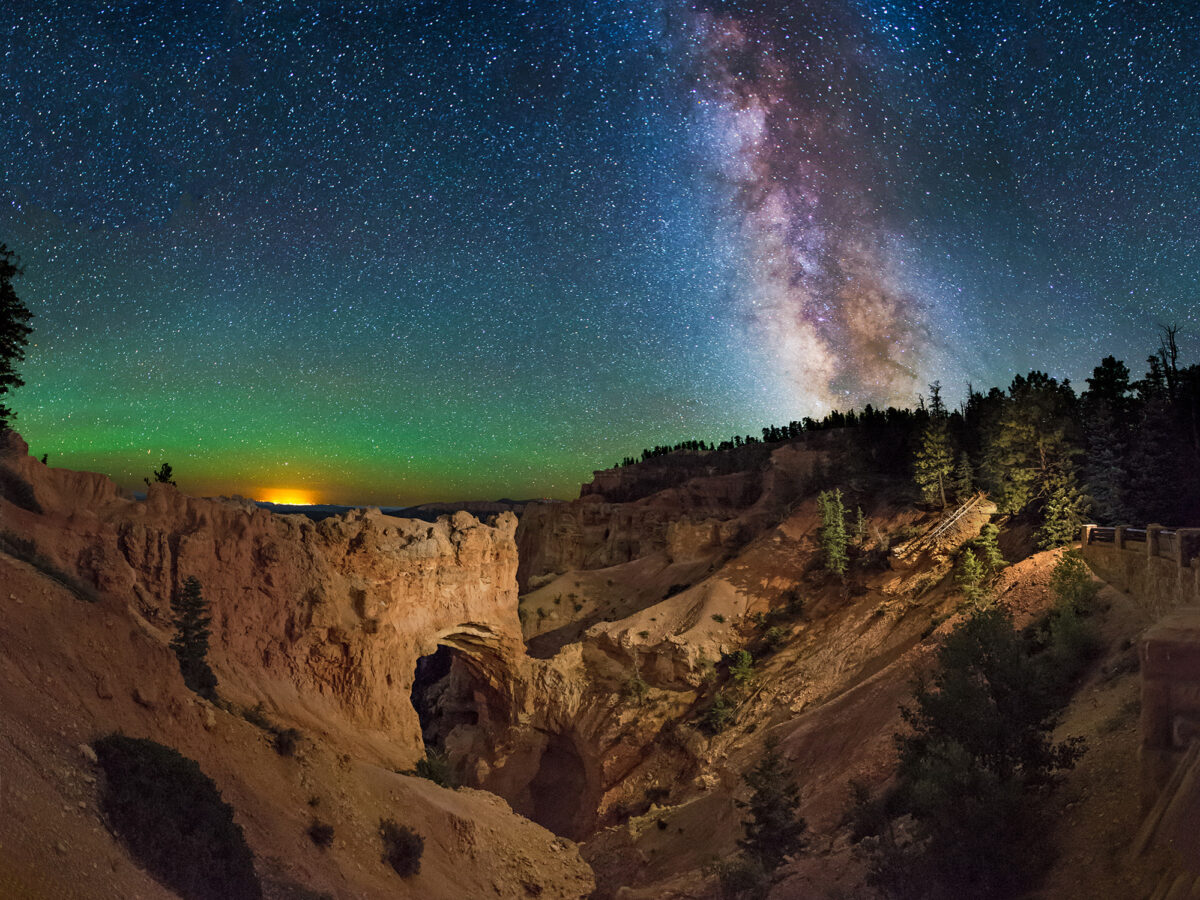
Wayne Pinkston/500px/Utah Office of Tourism
In the pre-dawn hours before the eclipse, the anticipation was palpable, like awaiting New Year’s on the brink of the millennium, with the astro-enthusiasts counting down to totality. Playlists bumping Johnny Cash, Pink Floyd, and Bonnie Tyler blared in the distance. When the moon finally blocked out the sun, it left what was typically a vibrant orange landscape in an apocalyptic, rusty darkness similar to the surface of Mars. Dogs howled. And so did the humans. It was surreal, spectacular, and absolutely worth every hour of travel getting to this remote part of the West.
But what is astrotourism exactly? It can take many forms, from group trips focused on astrophotography to star parties with other enthusiasts to hotel programming centered around viewing the constellations. And come April 8, 2024, astrotourism will be booming. That day will mark the last solar eclipse to cross North America for 20 years.
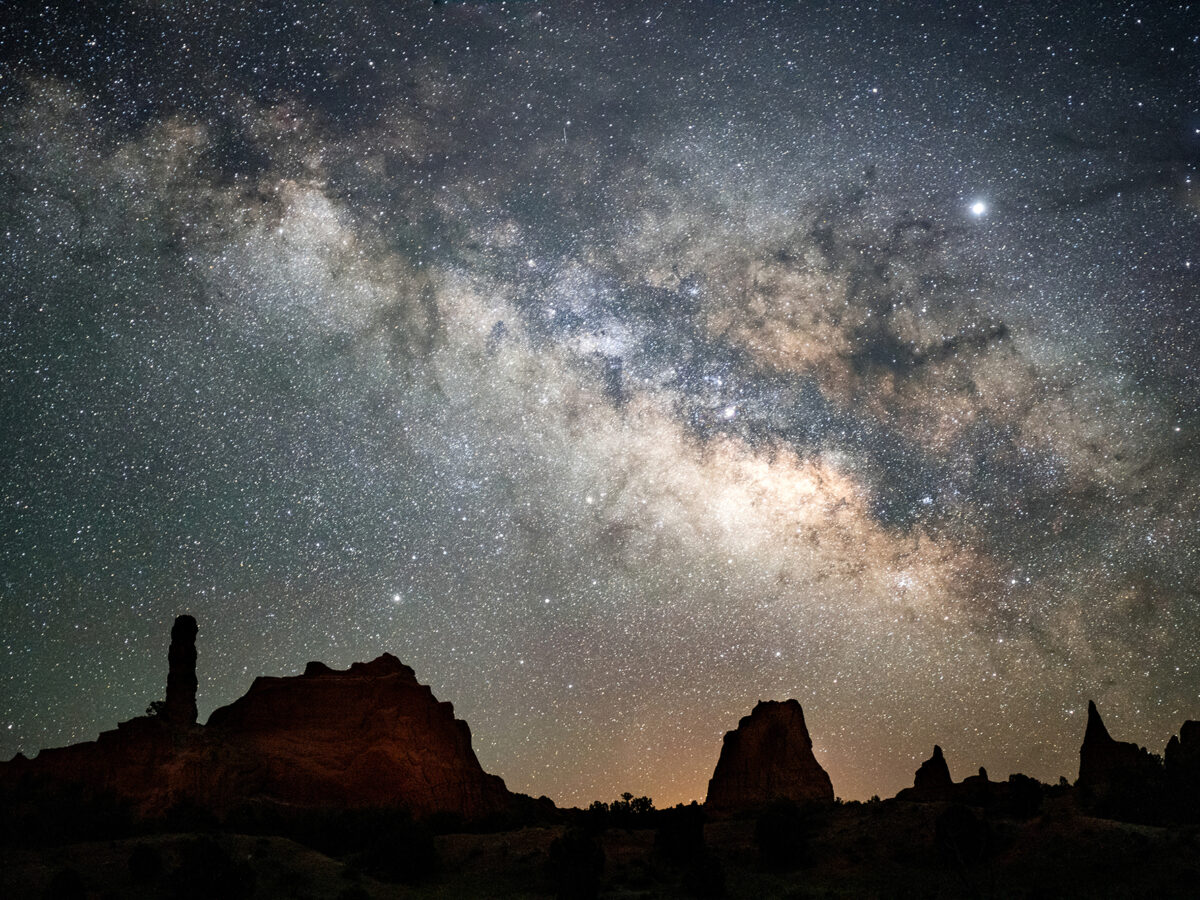
Austen Diamond Photography/Utah Office of Tourism
Just as they did for the last American total eclipse in 2017, tourists will arrive in droves to stay along the 115-mile-wide region in the Continental United States referred to as the path of totality, where viewers can see the full glory of the sun’s outer atmosphere, or corona, visible only when the moon completely covers the sun. (The path of totality for the solar eclipse in 2017 covered much of the West, whereas this year’s best viewing will be central Mexico and south-central Texas.)
Though astrotourism may seem like a recent phenomenon, the cosmos has long been the object of our attention. While the ancient Greeks are often touted as some of the earliest astronomers, the first documented records of systematic astronomical observations date back to the Assyro-Babylonians around 1000 B.C. And, of course, indigenous Polynesian wayfarers used star compasses to navigate the seas, reading the night sky to set their course.
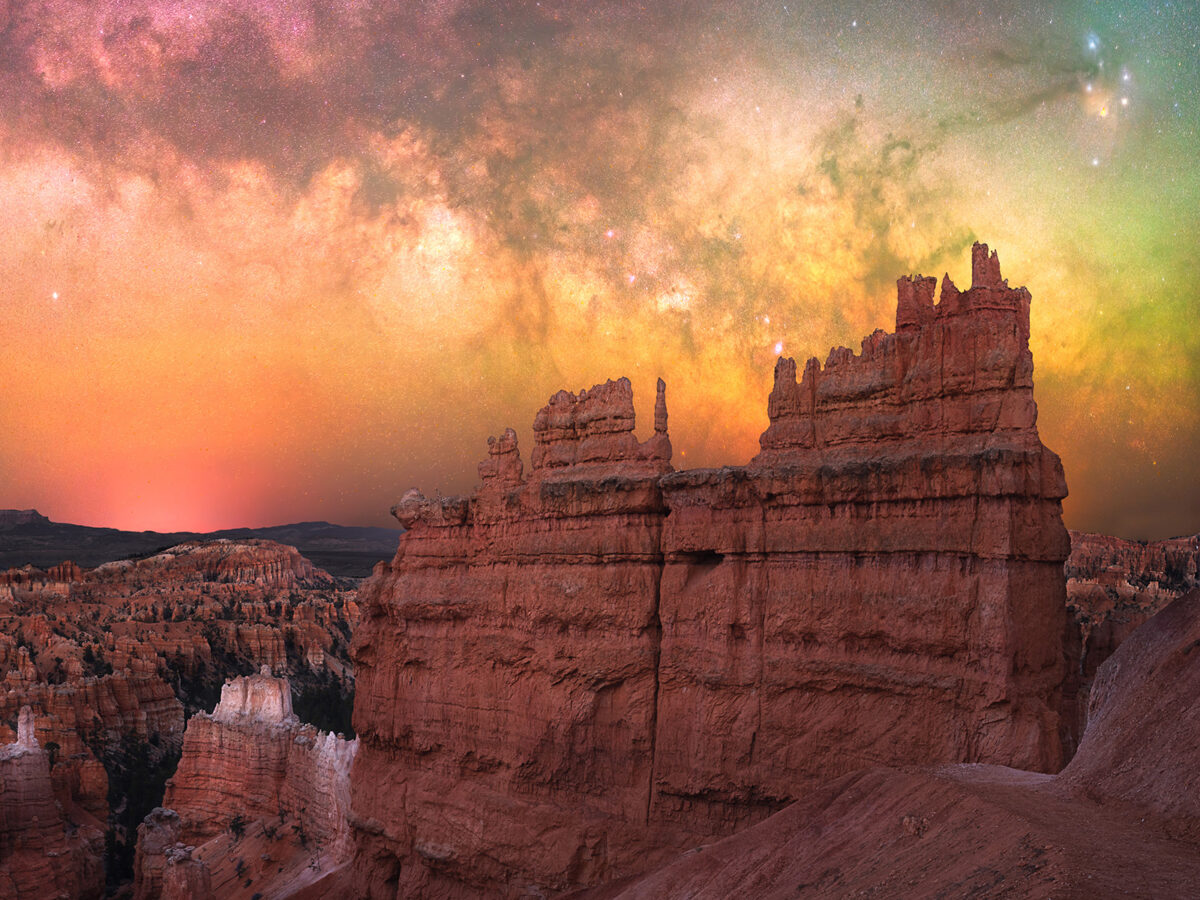
Marcin Zajac/Utah Office of Tourism
So perhaps it’s that ancestral pull that has us yearning to reconnect with the stars. Meteor showers, supermoons, and the aurora borealis seem to be at the top of everyone’s travel bucket lists. But for many, a total eclipse is apex viewing. And remote towns explode with guests during these celestial events.
Barry believes these naturally occurring phenomena are having an increased interest for many reasons. “I think that the uptick in dark sky recreation is driven by the reality that humans as a whole are less connected to the stars and night sky than ever before. Many of our visitors remark on how it is their first time seeing the Milky Way, as they rarely see stars at home,” she says. “The feeling of gazing up at constellations twinkling, watching meteors fall, the moon illuminate the night while out in nature without light, without city noise, really allows time to reflect and be in solitude. The grandiosity of our universe has a way of humbling a person, and also garnering appreciation for life itself.”
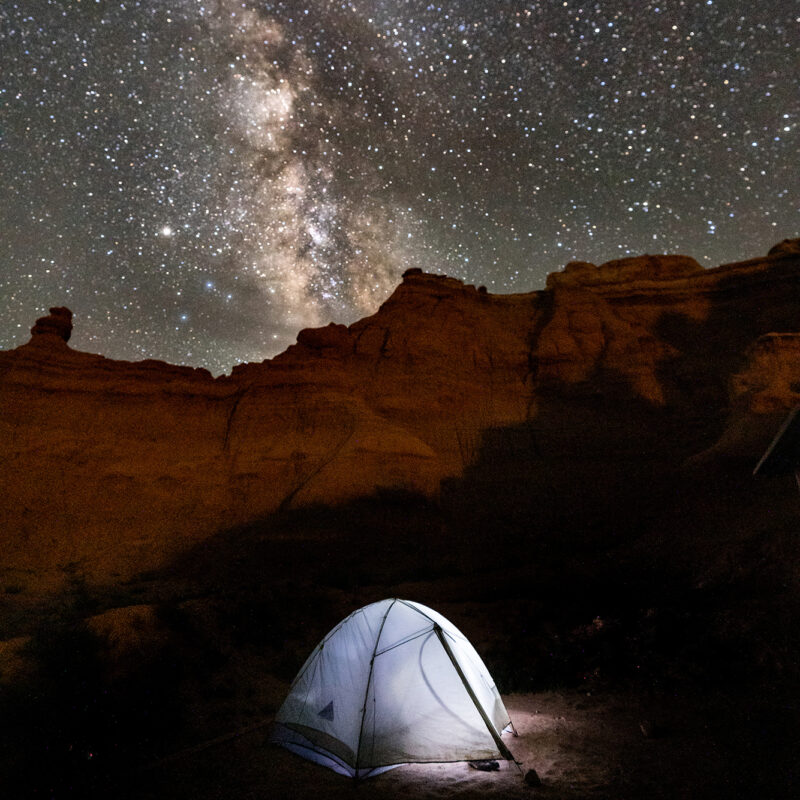
Austen Diamond Photography/Utah Office of Tourism
But not everyone believes the upcoming eclipse is something that should be gawked at. In fact, for members of many local indigenous tribes, looking at the eclipse is actually forbidden, as the solemn meeting of the moon and sun is one to be revered, but not seen.
Regardless of if and how you observe it, the psychedelic magic along our cosmic highway is something that certainly is sacred, and worth traveling for.
What a wonderful cosmic coincidence it is for us to be here, now witnessing these natural wonders.
Astral Accompaniments
Here’s what you’ll need for the most out-of-this world celestial viewing experience, on April 8 and beyond.
We only recommend things we love. If you buy something through our site, we might earn a commission.
